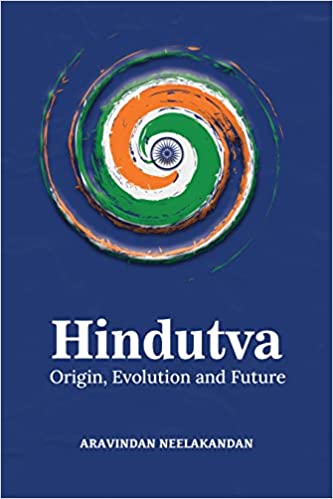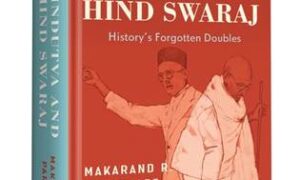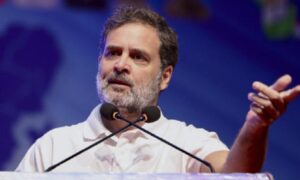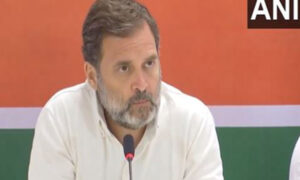
Preface
Hindutva: Origin, Evolution and Future studies Hindutva in both critical and holistic terms—an approach that is oft found missing in most studies on Hindutva, where a lot of critical knowledge has been left out either intentionally or out of ignorance. This omission has led to characterize Hindutva as a dangerous exclusivist majoritarian supremacist ideology. Hindutva is often studied similar to other extreme right-wing ideologies. However, the thesis presented in this book is built on the strong foundation that Hindutva is not an ideology but a process—a historical-civilizational process. As such, it does not fit the expectations of any ideological framework.
As a process, Hindutva predates Savarkar. There have been many contributors to it beyond Savarkar and even the Rashtriya Swayamsevak Sangh (RSS), the organization most prominently associated with Hindutva. Further, Hindutva is not monolith. It cannot be a monolith by its very nature. As a very fluid process, it is more a river than an ideology or dogma. There are many streams feeding into this river. From Vedic rishis to Veer Shivaji, Sri Aurobindo to Mahatma Gandhi, Veer Savarkar to Pandit Nehru, Acharya J. C. Bose to Bodhisattva Ambedkar, Pandit Deendayal Upadhyaya to Narendra Modi—the contributors and influencers as well as the manifestations of the flow of Hindutva are varied and even may look contradictory to each other. At another level, Hindutva has many streams flowing into it—Vedic, Buddhist, Jain, atheistic streams. Christianity, Islam and Marxism also interact with and influence Hindutva. This really necessitates that one must jettison the usual academic and political frameworks to study Hindutva and Hindutva organizations.
This book is an attempt at that.
This book is an answer to another fundamental question: Is Hindutva different from, and perhaps even opposed to, Hinduism?
The answer is in a Buddhist story that is known to every Indian child. It was a bright day, and a majestic swan was flying across the clear sky of Kapilavastu. Devadutta of the royal family, the cousin of crown prince Siddhartha, aimed his arrow at the bird, and the arrow found its mark.
The wounded swan, though not dead, fell to the ground. The graceful Siddhartha, ever filled with compassion, embraced the wounded swan. He removed the arrow and healed it with great care. In a few weeks, the swan was well and healthy. Now Devadutta came and demanded that the swan be returned to him. After all, had it not been for his arrow, Siddhartha would not have found the swan. Siddhartha realized what would happen if the swan was given to Devadatta. He refused and took extra care of the bird. The dispute finally went to the court of the king.
As the wise men of the court and the king contemplated over the situation, an old man appeared. The aura of righteousness around him was unmistakable and commanding. He declared that life does not belong to the one who has hurt it but to the one who rescued it from a near-painful death experience, healed its wounds and nursed it back to a rejuvenated life. Everyone agreed, and Indra, who had come disguised as an old man, disappeared.
However, Siddhartha said that while the swan definitely did not belong to the one who intended to kill, hurt and injure it, it did not even belong to him who had cared for, nursed and protected it. He set free the majestic swan, Raja Hamsa, into the vast expanse of blue sky.
What is true for that hamsa is also true for Hindu Dharma, which includes its society, its history and its civilization. Hindu Dharma is the wounded swan. Hindutva is the healing care of Siddhartha.
Naturally, the Devadutts, who shot the arrows, are angry and frustrated. They demand that the swan belongs to none and that it must be set free. But their aim is not to set the swan free but to kill the wounded swan. This book explains both the wound of the swan and the healing care of Tathagata.
(Extracted with due permissions from the author and the publisher)


















